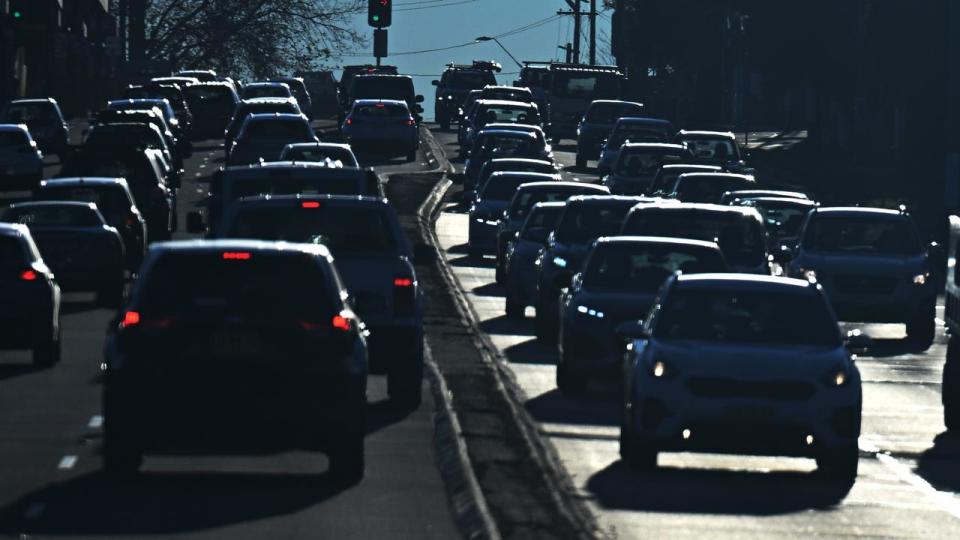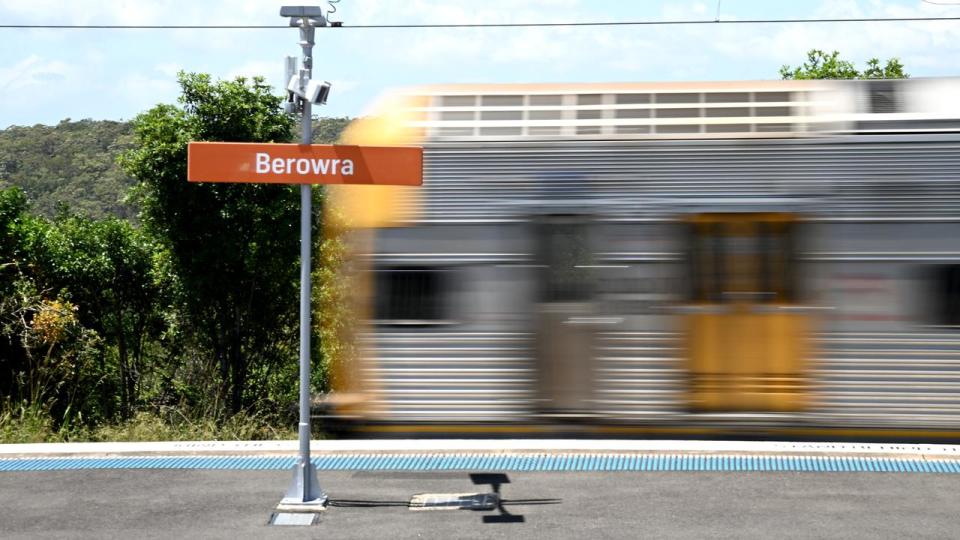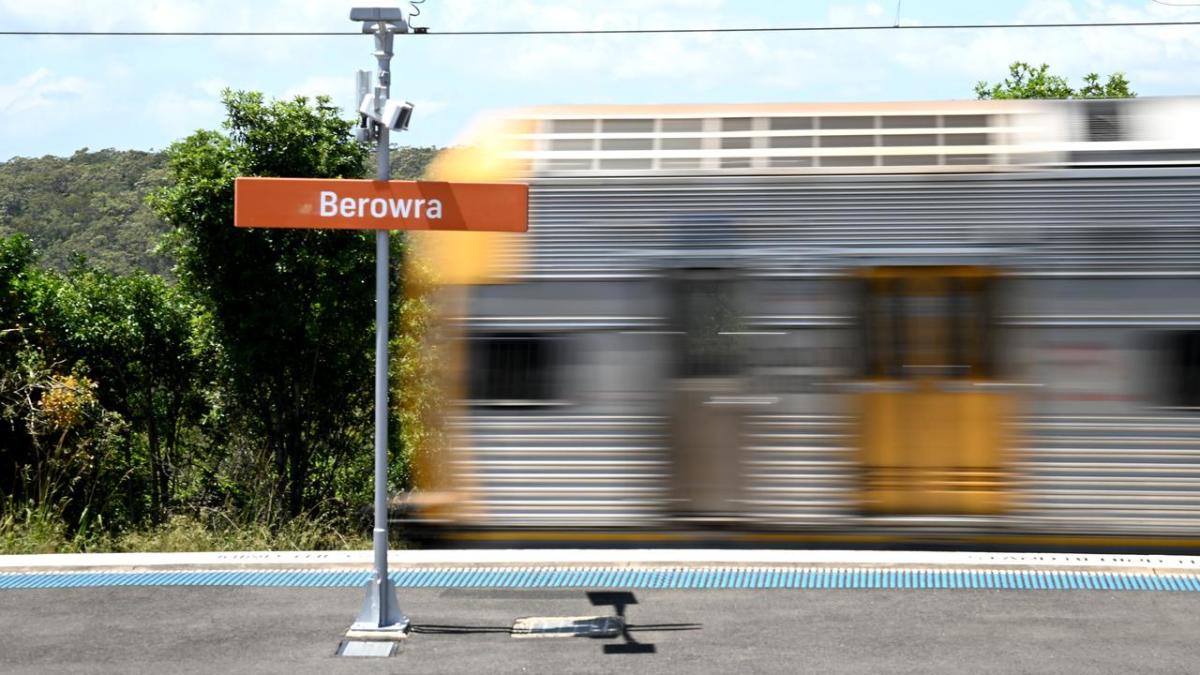Patchy or non-existent public transport in the suburbs leaves millions of people with no other choice but to drive everywhere, prompting calls for a national standard for ‘turn up and go’ bus and train services.
Only half of the 15 million people living in the five biggest cities have access to frequent, all-day public transport and the Climate Council warns this is contributing to Australia’s transport emissions and congesting streets.
Head of policy and advocacy at the think tank, Jennifer Rayner, said state and territory governments should commit to a minimum standard of frequent, all-day public transport in the capital cities, akin to the Gonski commitment to deliver high-quality education to every child.

“To get us out of our expensive, polluting cars, governments need to centre shared and active transport in all transport and land-use planning,” Dr Rayner said.
“This includes new investments that enable the uptake of shared and active transport, like better-connected footpaths and walkways, and improving the quality and frequency of public transport services.”
She stressed the importance of co-benefits, with more public transport use helping to bring down transport-related emissions but also leading to cleaner air and safer, less-congested streets.
While electric vehicles were important for cutting transport emissions – the nation’s second largest contributor, after energy – simply replacing petrol cars with clean alternatives would do little to ease congestion.
Monday’s Climate Council report found Brisbane had the worst public transport access, with about two-thirds of the city without frequent, all-day public transport.
Sydney came out on top but one-third of all residents did not have the minimum services needed to “get people out of cars”, which the council says is buses and trains running every 15 minutes between 7am-7pm, and within 800 metres of homes.
There was also a divide between wealthier and poorer areas, with the former typically better serviced.
Those living in high-growth areas in middle and outer suburbs were also “significantly under-served” by public transport.
Urbis associate director Riley Flanigan said Australian cities would have better public transport infrastructure if it was planned and delivered in the early phases of urban development, rather than trying to retrofit it into an existing neighbourhood.


By leading with train lines and other key infrastructure, it is cheaper than buying the land retroactively and there is less community opposition to deal with.
“In more enlightened places like Europe, they actually use the infrastructure to drive the renewal, in order to basically choose where the growth goes, rather than just doing it more organically,” he told AAP.
Much of Australia’s “piece-meal” approach to infrastructure delivery stemmed from politics and “this kind of obsession with business cases and feasibility”, Mr Flanigan said.
Without existing residents to generate revenue to fund maintenance and operations of a new train line, for example, it was hard to make a business case stack up, he said, which becomes “a stick you could beat a politician with if you wanted to”.
Dr Rayner said it was hard and expensive to retrofit infrastructure into existing suburbs, especially heavy rail, and that was why she was an advocate for reliable and high-frequency bus services.
She said the shift to electric buses was an opportunity to attract people toward a quieter, more comfortable service when compared to ageing combustion-engine fleets.

